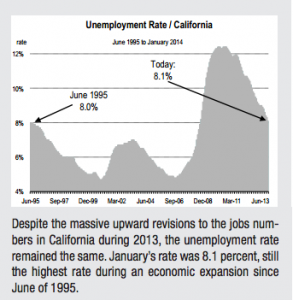Though the gap is narrowing, buying costs less than renting in all 100 large U.S. metros. But uncertainty about future home price appreciation means buying isn’t always a safe bet.
Homeownership remains cheaper than renting nationally and in all of the 100 largest metro areas. Rising mortgage rates and home prices have narrowed the gap over the past year, though rates have recently dropped and price gains are slowing. Now, at a 30-year fixed rate of 4.5%, buying is 38% cheaper than renting nationally, versus being 44% cheaper one year ago. See Trulia’s full report HERE.

